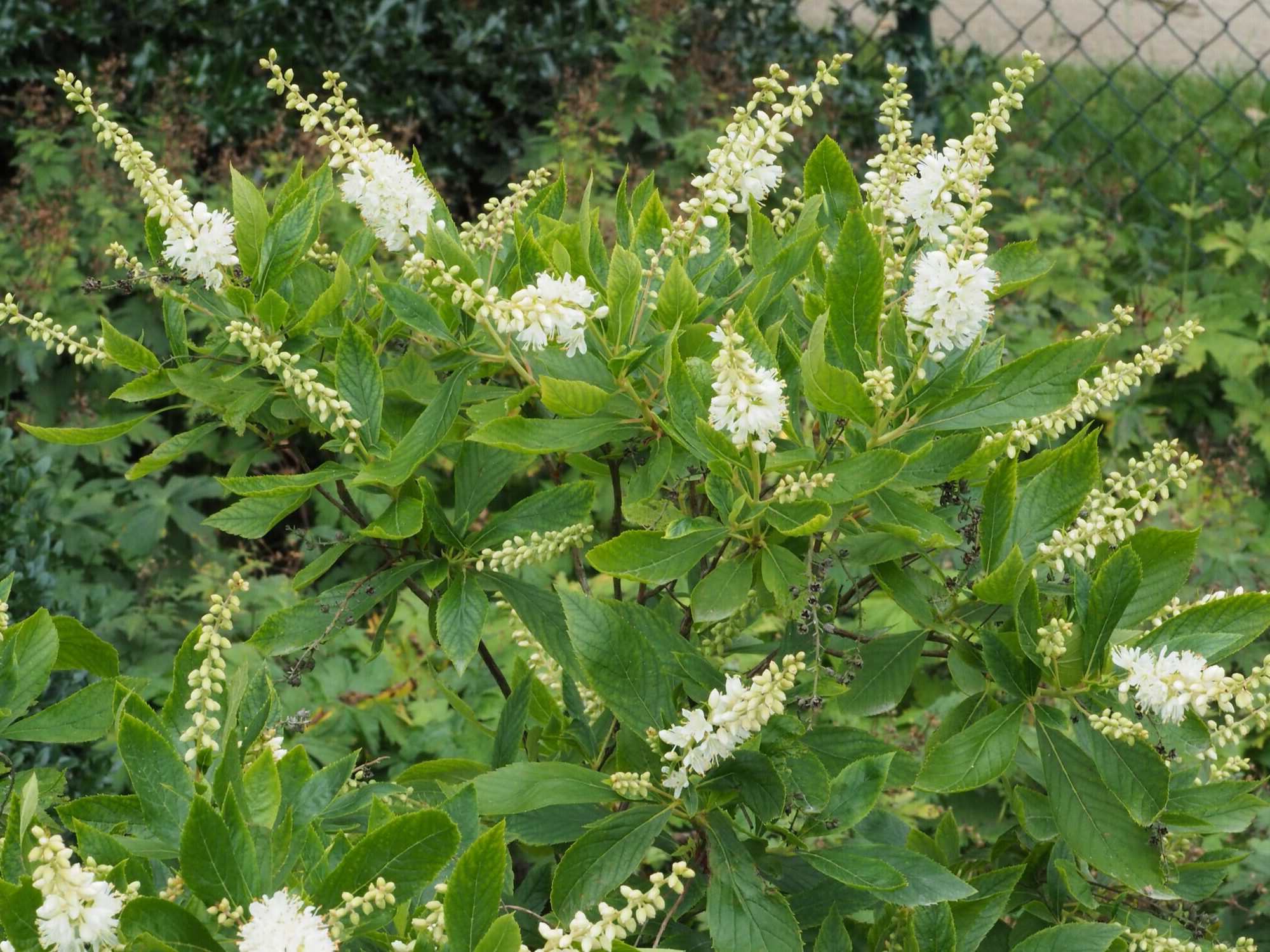
Clethra, also known as summersweet or sweet pepperbush, is a fascinating shrub that brings beauty and fragrance to gardens. Ever wondered what makes this plant so special? Clethra is known for its fragrant white or pink flowers that bloom in late summer, attracting butterflies and bees. This hardy plant thrives in moist, acidic soils and can tolerate shade, making it a versatile choice for various garden settings. Beyond its aesthetic appeal, Clethra also offers medicinal properties and has been used in traditional remedies. Whether you're a seasoned gardener or a nature enthusiast, learning about Clethra can add a new layer of appreciation for this remarkable plant. Ready to dive into some intriguing facts about Clethra? Let's get started!
What is Clethra?
Clethra, also known as sweet pepperbush, is a genus of flowering shrubs and small trees. These plants are known for their fragrant flowers and ability to thrive in various environments. Let's dive into some fascinating facts about Clethra.
-
Clethra is part of the Clethraceae family, which includes around 30 species of flowering plants.
-
These plants are native to North America, South America, and Asia, showcasing a wide geographical range.
-
Clethra is commonly found in wetlands, along streams, and in moist forests, making it a versatile plant.
-
The most well-known species, Clethra alnifolia, is often called summersweet or sweet pepperbush.
-
Clethra alnifolia produces fragrant white or pink flowers that bloom in late summer, attracting bees and butterflies.
-
The flowers of Clethra are arranged in racemes, which are long clusters that can be quite striking.
-
Clethra plants can grow between 3 to 8 feet tall, depending on the species and growing conditions.
-
These shrubs are deciduous, meaning they shed their leaves annually.
-
Clethra leaves are typically dark green, turning yellow in the fall, adding seasonal interest to gardens.
-
The bark of Clethra is smooth and gray, which can add texture to a garden landscape.
Ecological Importance of Clethra
Clethra plays a significant role in its ecosystem, providing food and habitat for various wildlife. Here are some ecological facts about Clethra.
-
Clethra flowers are a vital nectar source for pollinators like bees, butterflies, and hummingbirds.
-
The dense foliage of Clethra provides shelter for small birds and mammals.
-
Clethra plants can help stabilize soil in wetland areas, preventing erosion.
-
These shrubs are known to improve soil quality by adding organic matter as their leaves decompose.
-
Clethra is resistant to many pests and diseases, making it a hardy choice for natural landscaping.
-
The seeds of Clethra are small and can be dispersed by wind, aiding in the plant's propagation.
-
Clethra can tolerate a range of soil types, from sandy to clay, as long as the soil is moist.
-
These plants are also tolerant of salt, making them suitable for coastal gardens.
Uses of Clethra in Landscaping
Clethra is not only ecologically important but also a popular choice for gardeners and landscapers. Here are some ways Clethra is used in landscaping.
-
Clethra is often planted in rain gardens due to its ability to thrive in wet conditions.
-
These shrubs can be used as hedges or privacy screens because of their dense growth habit.
-
Clethra's fragrant flowers make it a popular choice for sensory gardens.
-
The plant's ability to attract pollinators makes it a valuable addition to pollinator gardens.
-
Clethra can be used in naturalized areas to create a woodland garden effect.
-
These plants are low-maintenance, requiring minimal pruning and care once established.
-
Clethra can be grown in containers, making it a versatile option for small gardens or patios.
Interesting Facts About Clethra
Beyond its ecological and landscaping uses, Clethra has some unique characteristics that make it stand out. Here are some interesting facts.
-
Clethra alnifolia is sometimes called "soap bush" because its leaves can produce a soapy lather when crushed.
-
The genus name "Clethra" comes from the Greek word "klethra," which means alder, referring to the plant's alder-like leaves.
-
Clethra was first described by Carl Linnaeus, the father of modern taxonomy, in the 18th century.
-
Some species of Clethra have been used in traditional medicine for their astringent properties.
-
Clethra is often used in floral arrangements because of its long-lasting, fragrant flowers.
The Final Word on Clethra
Clethra, often called sweet pepperbush, is a fascinating plant with a lot to offer. From its fragrant flowers to its ability to thrive in wet conditions, this plant is a gardener's dream. It attracts pollinators like bees and butterflies, making it a great addition to any garden. Its medicinal properties have been used for centuries, adding another layer of interest. Whether you're a seasoned gardener or just starting out, Clethra is worth considering for your landscape. Its low maintenance nature and year-round appeal make it a versatile choice. So, next time you're planning your garden, think about adding some Clethra. You'll not only enjoy its beauty but also contribute to a healthier ecosystem. Happy gardening!
Was this page helpful?
Our commitment to delivering trustworthy and engaging content is at the heart of what we do. Each fact on our site is contributed by real users like you, bringing a wealth of diverse insights and information. To ensure the highest standards of accuracy and reliability, our dedicated editors meticulously review each submission. This process guarantees that the facts we share are not only fascinating but also credible. Trust in our commitment to quality and authenticity as you explore and learn with us.
